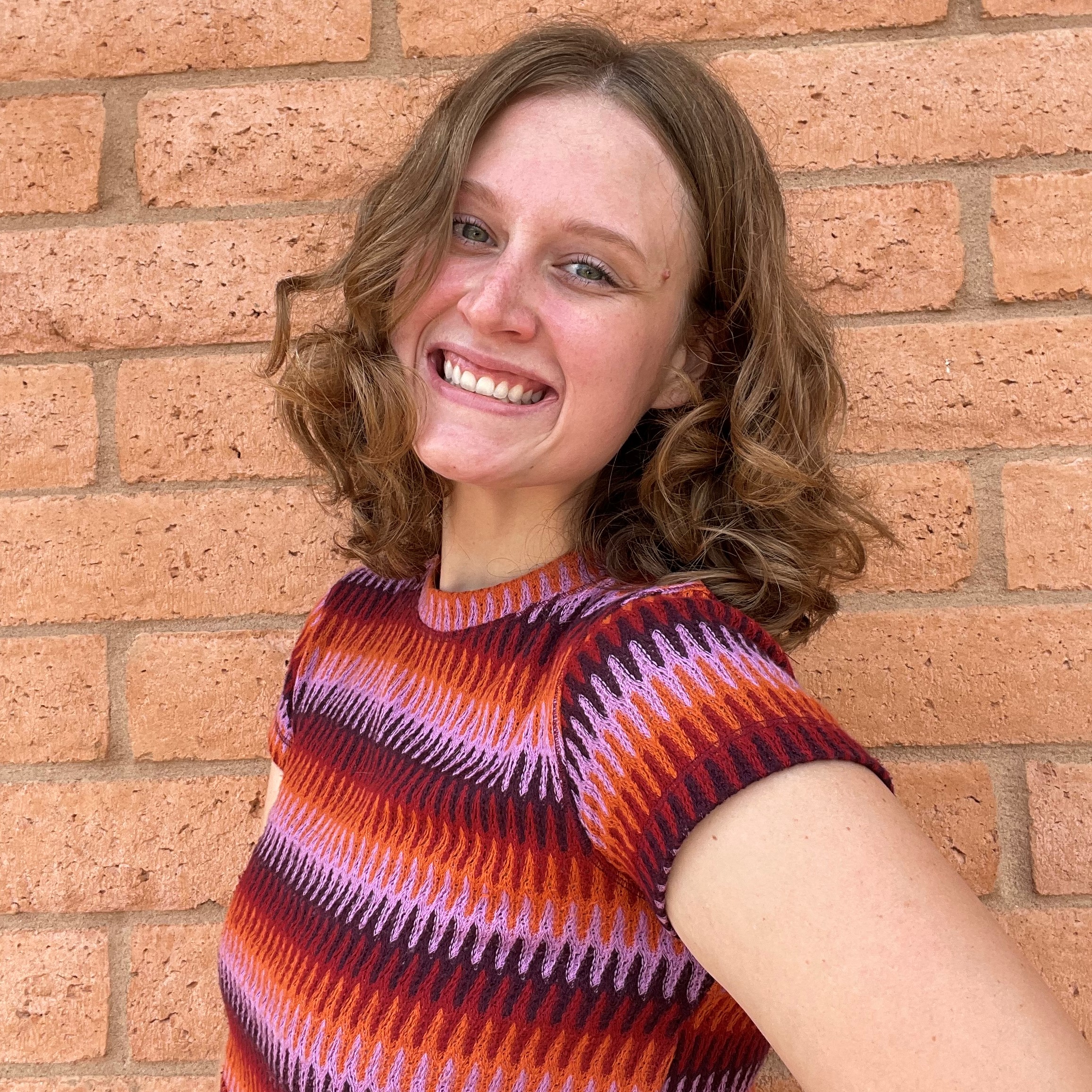What is Dyscalculia? 6 Tips to Help my Struggling Child
Does this sound familiar?
What is dyscalculia? It might look like sitting with your child for hours trying to understand why they are having such strong reactions to their math homework. Crying and screaming that they don’t want to go to class the following day.
Constant stomach aches and crippling anxiety over school isn’t normal behavior for your child who once loved learning and exploration.
The truth is that they aren’t bad learners or students, they just learn differently.
So, how can you teach to a child that doesn’t fall into the ‘average’ category?
They need something different. Dyscalculia, autism, dyslexia, ADHD, and anxiety all make learning harder on the student. So, what can you do, as a parent, to lessen this pain?
You have to discover your roadmap. A guide to direct learning into something positive and pleasant. Without direction, our kids are struggling to find the right road, let alone the destination to their journey.
Join us on our voyage to unlocking dyscalculia and discover tips and tricks you can implement today that will guide your kiddo to uncover their path.
What is dyscalculia?
To get a better grasp on what dyscalculia is, let’s first look at what it isn’t–it isn’t a lack of intelligence, lack of education or poor teaching methods. Dr. Steve Chinn in his book Mathematics for Dyslexics and Dyscalculics writes the definition for dyscalculia as
“a specific learning disorder that is characterized by impairments in learning basic arithmetic facts, processing numerical magnitude and performing accurate and fluent calculations. These difficulties must be quantifiably below what is expected for an individual’s chronological age, and must not be caused by poor educational or daily activities or by intellectual impairments” (p.7)
Dyscalculia looks different on everyone so it can be difficult to spot if you don’t know what to look for. Understanding dyscalculia is a journey and we don’t want you to go at it alone.
What are the many names for dyscalculia?
It’s gone through several names within the community and what it’s called depends on who is giving the diagnosis.
You may see it written as a Math Learning Disability, a Specific Learning Disability with an Impairment in Math, or even Developmental Dyscalculia (DD). What diagnosis is given is inconsequential as the suggested interventions make all the difference!
You will discover in this web series what dyscalculia can look like, what accommodations you can start making for your child, and how to get the right help when you need it.
What can it look like?
People with dyscalculia have trouble with core numbers and basic sense of numerosity. This presents itself as not knowing how big something is, how much something is, or what it looks like.
Subitizing, or the ability to look at a small number of things and know how much there is without having to count, doesn’t come easily to students with dyscalculia.
An example of subitizing would be looking at a dice roll of 6 and knowing the dot pattern instantly without having to count the dots.
Dyscalculics have difficulties with visual spatial or the ability to manipulate 2D & 3D objects mentally. Things like reading a map might be harder for a student with dyscalculia because they cannot visualize the starting and ending point.
Dyscalculia can manifest in issues with memory and the inability to retrieve numerical facts or perform mental math accurately. To compensate for lack of recall, students often count in ones and their default operation is typically addition.
Bottom line: Dyscalculia looks different in every individual and naming what it looks like in a broad sense can be complex.
How many people are affected?
About 3% to 8% of the world’s population has dyscalculia. However, Dr. David Geary has stated that about 50% of people with dyslexia also struggle with mathematics.
And dyscalculia is about 30 years behind in research to that of dyslexia.
There is a comorbidity when it comes to these two disabilities and we see that with some of our students at MFM.
What therapies and interventions help with dyscalculia?
Multisensory math is a wonderful start to teaching your child differently. This means using as many senses as possible when building math concepts. This can look like baking a pie with your child so they can visualize percentages or proportions. Working with manipulatives like sticks, blocks, counting beads, dice, dominos, and so much more. This makes math fun and gives your child the visual understanding that is often lacking in school.
Neurodivergent students oftentimes get left behind because they don’t do well with abstract learning–which is the majority of what instruction looks like today.
The CRA approach has proven to work with diverse learners because it builds upon previous steps to ensure a strong foundation. Concrete, representational, and finally abstract learning are all essential steps in building meaningful connections with math.
Watch our illuminating video on the CRA method here.
Not super interested in learning HOW yourself but would rather hire someone who can? Check out our individualized online multisensory math lessons here.
Or check out some of these amazing dyscalculia experts:
Marilyn Zecher, Dr. Schreuder, Dr. Sharma, Christopher Woodin, David Berg or Dr. Steve Chinn. Our team is trained with Marilyn Zecher’s method and we highly recommend reading Dr. Chinn’s Mathematics for Dyslexics and Dyscalculics–it’s like our navigation system and gets us where we need to go.
Destination=meaningful math.
What should I do if I suspect my child has dyscalculia?
The good news: You’re not on this journey alone. The hardest step to take is usually the first one and we want to make those steps as easy as possible for you.
The first thing you want to do is get a screener. This will tell you where your child is currently sitting and provide a score that will point to what learning disability they are struggling with.
We interview Dr. Schreuder about the screening process and you can watch that here.
The next step would be to schedule time with someone who is able to give a diagnosis. So, a neuropsychologist like Dr. Karen Wilson who is able to pinpoint the struggles and strengths of your child. Watch our interview with Dr. Wilson for more information on the diagnosis process here.
The reason you would want a diagnosis is not only to get accommodations at the school level (which can be helpful) but to understand your child and their specific needs.
There is power in knowing the complete picture–not only where they struggle but where they thrive! Naming your child’s strengths and encouraging them is often overlooked when dealing with disabilities.
Encouragement and understanding will go a long way in this journey and we’re happy to be a part of the voyage.
🎲 More dyscalculia content! 🎲
Watch the rest of our series on Unlocking Dyscalculia to get a more in-depth understanding of what this disability looks like. Our interviews with experts in the field can be found here.
MFM Authors

Jennie Miller
Marketing Assistant
is our Marketing Assistant and content creator here at Made for Math. Jennie loves being part of a company that is working to make mathematics accessible to children with dyscalculia.
